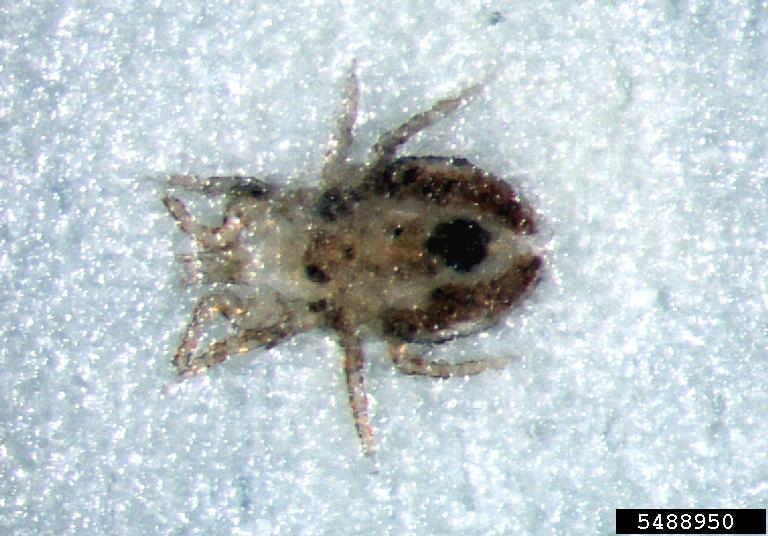Do termites fly?
Home / PESTFlying Termites in House


Source
entomology.eduThe winged termites are dark-bodied and have two pairs of long, narrow wings that are almost equal in size and shape. These wings break off easily with a touch, leaving behind piles of discarded wings if the swarmers have been crawling around. Learn more about termite anatomy and their wings in this detailed guide on termite biology
Do all termites have wings?
Not all termites have wings. Only the reproductive termites, known as "swarmers," develop wings during certain times of the year to help them establish new colonies. the worker and soldier termites that make up most of the colony do not have wings. They are responsible for building the nest, foraging for food, and defending the colony. Understand the roles and lifecycle of termite castes for effective pest management.
Understanding this distinction between the different castes of termites is crucial for proper identification and effective pest control.
Can termites Fly?
termites are unique social insects that can fly during mating seasons, The ability of termites to fly allows them to travel up to 300 feet (100 meters) from their colony to find new sources of food, which can be wood or other plant matter. Large termite colonies can consume up to 13 ounces (400 grams) of wood per day, posing a significant threat to wooden structures.
Do termites lose their wings?
Termites do indeed lose their wings, After the swarming and mating process, the termites lose their wings, the wings break off easily with a touch, leaving behind piles of discarded wings if the swarmers have been crawling around, and the colony is then composed of wingless workers and soldiers that are responsible for building the nest, foraging for food, and defending the colony. Read more about what happens after termites swarm.
What attracts termites with wings in House?
Termites with wings, are attracted to homes for the purpose of mating and establishing new colonies. There are a few key factors that can attract winged termites to a house
- Moisture: Termites require moisture to survive, so any areas in the home with excess moisture, such as leaky pipes, damp crawl spaces, or poor ventilation, can attract termites.
- Wood Debris: Piles of wood, dead trees, or decaying landscaping materials near the home can provide an attractive food source and nesting site for termites.
- Lighting: Termite swarmers are attracted to light, so bright exterior lighting around the home can draw them in during swarming seasons.
- Cracks and Crevices: Termites can enter the home through small cracks, gaps, or openings in the exterior, such as around windows, doors, or pipe penetrations.
- Untreated Wood: Untreated or unprotected wood in the home's structure, including eaves, siding, or wooden support beams, can make the home more attractive to termites.
Concerned about termites? Read How to get rid of termites in the house Or Call us today for expert help and safeguard your home year-round! 844-706-1321 .






